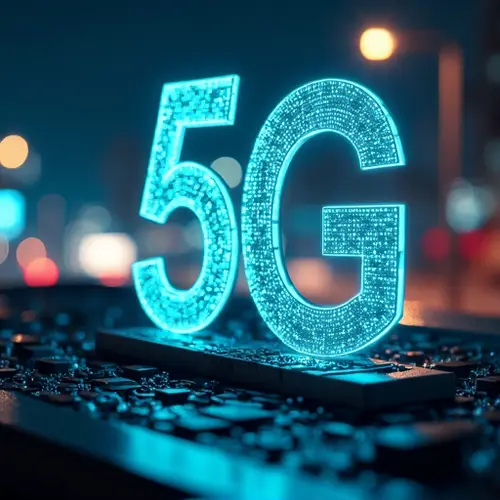
Global 5G Rollout Status in 2025
The deployment of 5G networks has been a focal point for telecommunications advancements since its inception in 2019. By 2025, 5G networks are expected to cover one-third of the global population, yet significant disparities persist in rollout progress across regions. Countries like China, India, and the United States lead in 5G infrastructure, while others, particularly in Europe and parts of Africa, lag behind.
Regional Disparities in 5G Deployment
Asia Pacific remains at the forefront of 5G adoption, with China boasting a 77.1% 5G SA (Standalone) sample share, followed by India (51.1%) and Singapore (37.5%). The U.S. also ranks highly, driven by T-Mobile's strategic "layer cake" approach combining low-band and mid-band spectrum. In contrast, Europe struggles with slow 5G SA adoption, with only Spain and Austria making the top ten globally.
Economic and Technical Challenges
The rollout of 5G faces hurdles such as high infrastructure costs, spectrum allocation issues, and technical complexities. The transition to 5G SA requires a new core architecture, demanding significant investment and expertise. Additionally, monetizing 5G remains a challenge, as operators seek to balance coverage with performance.
Performance Metrics and Future Prospects
5G SA networks outperform their NSA (Non-Standalone) counterparts, offering lower latency and higher download speeds. For instance, the U.S. recorded median download speeds of 388.44 Mbps on 5G SA in Q4 2024. However, advanced uplink capabilities remain underutilized, highlighting the nascent state of 5G SA ecosystems.
Despite challenges, 5G is poised to revolutionize industries like healthcare, transportation, and entertainment, driven by its low latency and high bandwidth. The GSMA predicts 1.2 billion 5G connections by 2025, underscoring its transformative potential.

 Nederlands
Nederlands
 English
English
 Deutsch
Deutsch
 Français
Français
 Español
Español
 Português
Português